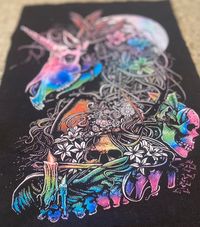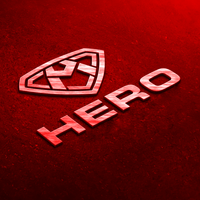
What is Halftone
Rasterization or Halftone, is an innovative technique used in garment design to improve the overall feel and functionality of prints. Here's a breakdown of its benefits and applications:
1. **Negative Space Creation**: Rasterization or Halftone involves the strategic use of dots or patterns to create negative space within artwork. This helps in reducing the amount of ink used, allowing for a more breathable and lightweight print.
2. **Enhanced Washability**: Since the design doesn't cover the entire surface of the fabric, it can withstand multiple washes better. The reduced ink saturation leads to less cracking and fading, which enhances the garment’s longevity.
3. **Improved Stretchability**: The halftone method is beneficial in designs that need to stretch with the fabric, such as activewear or athletic garments. The ink applied in dot form allows the fabric to maintain its flexibility and stretchability without cracking or peeling.
4. **Softer Feel**: As there is less ink coverage compared to traditional solid prints, the hand feel of the garment is significantly softer. This is especially important for consumers who prefer garments with minimal discomfort or stiffness from the print.
5. **Suitability for Dark and Light Garments**: While this method is particularly effective for dark garments, as the negative space helps create more contrast and depth, it can also be applied to lighter or white garments. The design’s lighter touch can still add visual interest and texture without overwhelming the base color.
In short, this technique offers a combination of aesthetic appeal, durability, and comfort, making it an excellent choice for a wide range of garment designs.
